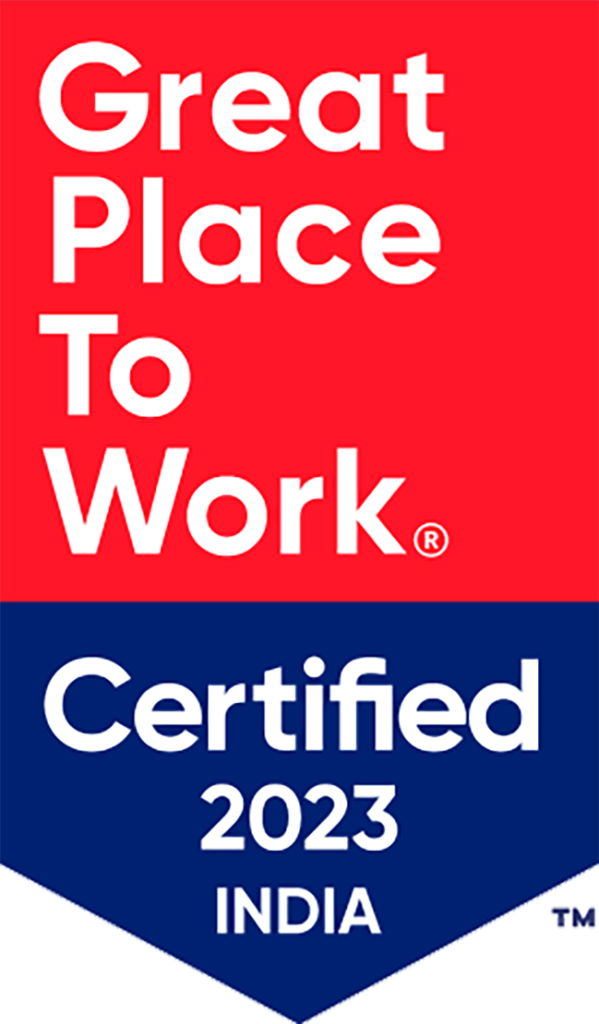Conferencing with co-workers can take up a big chunk of the workday, but is it always worth the time and effort? According to a survey by Zippia, 71% of meetings are considered unproductive by those who attend them. That’s a lot of time, money and energy going down the drain for both the organizers and participants.
How can companies steer clear of this situation and make sure meetings are actually productive? By following the three essential components of facilitating impactful professional gatherings: purpose, preparation and participation.
Purpose: The Guiding Light
The first (and most crucial) element in organizing successful meetings is having a clear purpose. Every professional gathering should have a specific reason that is communicated to attendees beforehand. A purpose statement can be used and should address these questions:
- What is the main goal or objective?
- Why is it necessary to gather the team at this time?
- What are the expected outcomes or results?
The reasoning should be straightforward and to the point, avoiding vague or general terms. For example, instead of saying “We will discuss the latest project updates,” a better purpose statement would be “We will review the progress of each task, identify the risks and issues and assign the next steps and deadlines.”
Having a clear objective is essential for both the people organizing the meeting and those attending it. Detailed specifics help everyone figure out if the meeting is important for them and allows for proper planning. By creating an agenda, gathering materials and preparing questions, attendees will likely stay focused and avoid unrelated discussions. Evaluating if the meeting was effective and met its goals afterward will be easier when a purpose statement is used.
Preparation: The Blueprint
The second key element is preparation. Once the purpose is established, the organizer should prepare the following:
- The agenda: This is a list of topics or items to be covered during the conference. It should align with the purpose and expected outcomes and include the estimated time allocated for each topic, the person responsible for presenting or facilitating and the desired outcome or action. Share the plan with attendees at least 24 hours beforehand so they can review it (and offer feedback if necessary).
- The materials: These are any documents, slides, charts, graphs or other visual aids that will be used or referenced. They should be relevant, accurate, concise and support the purpose statement. Send the materials to attendees in the same email or chat as the agenda, allowing them to review and prepare their questions or comments in advance.
- The logistics: These are the practical aspects, such as the date, time, duration, location and required tools/ technologies. The organizer should ensure the meeting is scheduled at a convenient and appropriate time for everyone, taking into account time zones, availability and preferences. The meeting location needs to be comfortable, accessible and equipped with the necessary tools and equipment. If meeting in-person, organizers should test the technology and equipment in the room and have a backup plan in case of technical issues or interruptions.
Participation: The Human Element
The third vital element is attendee participation. A meeting’s effectiveness depends on how engaged and involved the people are. Organizers can encourage and facilitate participation by:
- Inviting only individuals who are relevant, necessary and interested in the meeting’s purpose and agenda. Try to limit the number of attendees to the minimum number required, as too many people can make the meeting chaotic, unfocused or unproductive.
- Setting expectations and establishing ground rules with participants before and at the beginning of the conference. These can include attendees’ roles and responsibilities and desired behaviors and attitudes. For example, organizers can ask invitees to arrive on time, mute their phones, avoid distractions, respect each other, listen actively, speak clearly, ask questions, share opinions and provide feedback.
- Engaging everyone with techniques and strategies designed to keep people interested and motivated. Organizers can use icebreakers, polls, quizzes, games, stories, anecdotes, humor or other interactive activities to avoid monotony, stimulate creativity, and create rapport among those in attendance. Open-ended questions, paraphrasing, summarizing, acknowledging or praising to elicit input and feedback are also effective techniques to keep everyone interested.
Mastering the Art of Productive Meetings
Time is precious. Making the effort to ensure professional gatherings of any size are effective and beneficial for everyone involved can make a huge difference in morale and productivity.
By following the 3 Ps, the likelihood that meetings will achieve desired results and outcomes is much higher. Having a clear purpose, preparing thoroughly and using participation techniques can lead to overall improvement in every area of the company.
For more content like this, be sure to follow IT By Design on LinkedIn and YouTube, check out our on-demand learning platform, Build IT University, and be sure to register for Build IT LIVE, our 3-day education focused conference, September 9-11, 2024 in Orlando, FL!







